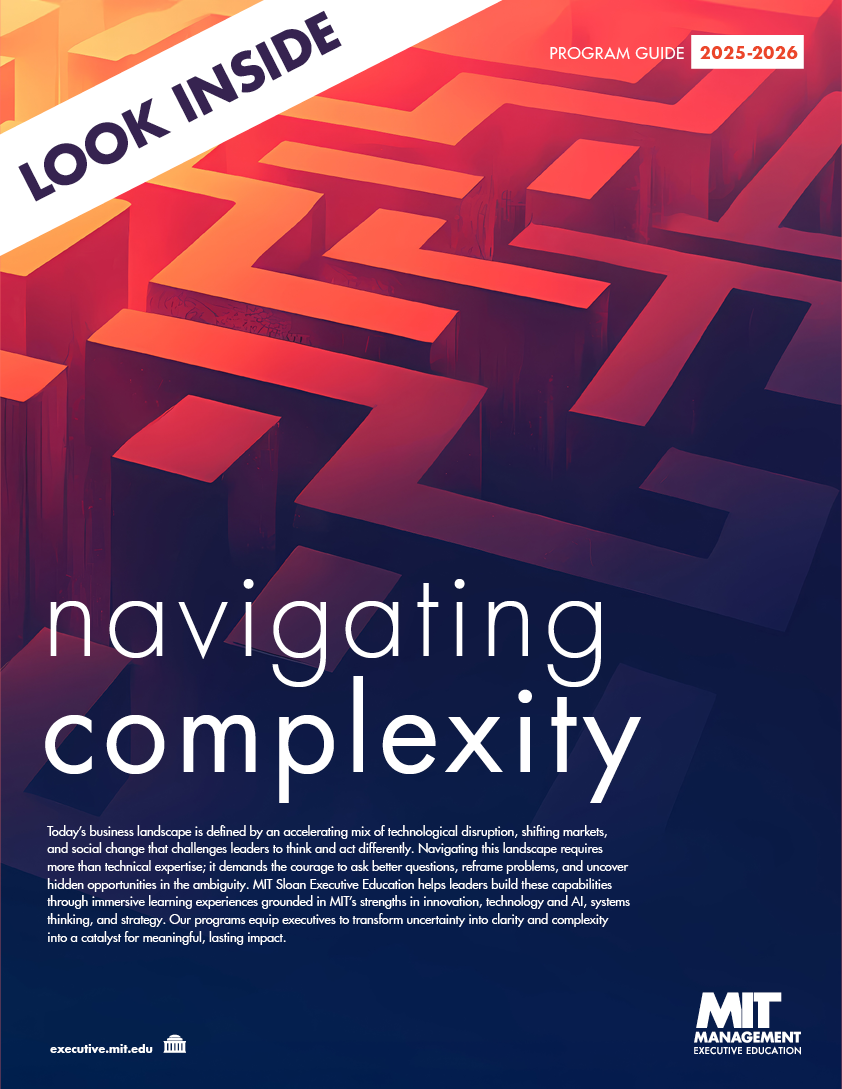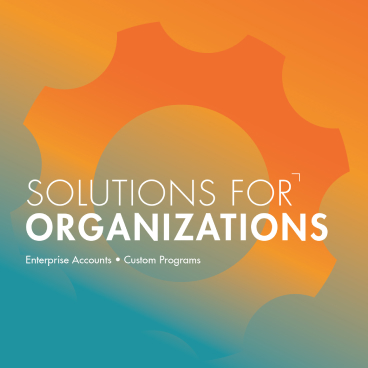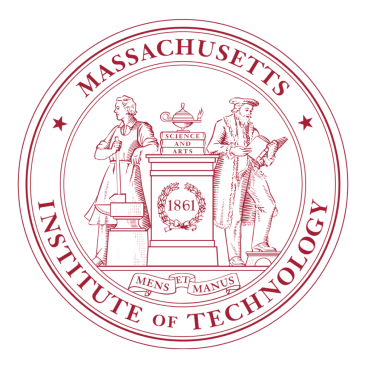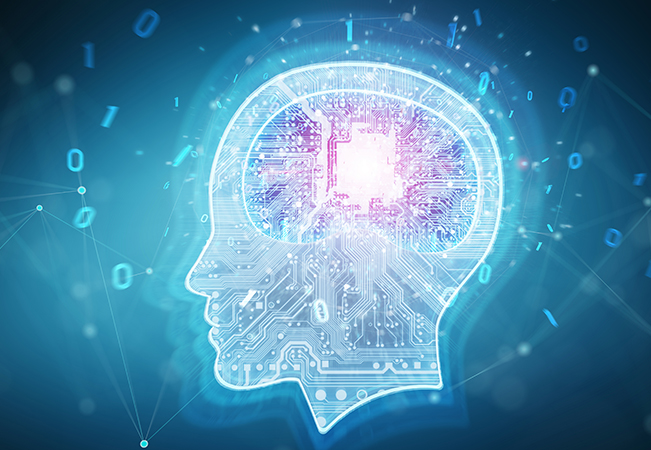MIT faculty, startup entrepreneurs, and industry leaders gathered at the 2022 MIT Digital Strategy and Technology Conference to share new technology that will enable business transformation. The keynote, Metaverse and Synthetic Realities, is summarized below with key takeaways and Q&A.
Federico Casalegno EVP, Samsung and former MIT faculty led the keynote on the evolution of interaction in the new digital environment. Casalegno has an extensive background leading user-centered strategic design innovation and digital transformation in a wide range of areas and industry sectors. After more than 20 years at MIT, his current goal is bringing life-centered design into Samsung.
To open the talk, Casalegno played a clip from the Meta Connect 2022 Keynote, showcasing the Quest Pro, which exemplifies the idea of transformative mixed reality. This opened the door to talk about technology made for collaboration and creativity.
“Technology without humanity is perfection without purpose,” Casalegno says, stressing the relationship between designers and technology.
Here are four key takeaways Casalegno reflected on during his keynote:
1. Human metaverse
First, what does metaverse mean? ‘Meta’ is a Greek word for ‘beyond’ and ‘-verse’ indicates ‘universe’, so putting it together means ‘beyond our reality’ according to Casalegno’s explanation. So, what will guideline behaviors in the metaverse?
Typically, in our physical reality, buildings govern behaviors. For example, you know how to act and what to do when you walk inside a bank. Buildings symbolically represent how people should gather together. In the metaverse, the environment has to determine the emotional and psychological framework for people to follow. The environments inside the metaverse are a shelter to unleash our imagination or ‘a nest for day dreaming’. Today, we want a society that is inclusive and respectful.
2. Immersive media
In the fast track history of media, the world became a global village unified by information. In the social media space, reality is enriched by social networks. Experiencing an event, such as a sports game, social media can define the conversations happening around the game on the social platform. With immersive reality, storytelling has taken on an entirely new meaning.
Web 3.0 is a creator’s economy – a wonderful new opportunity for businesses. This is a new way to think and live in communities. Web 3.0 also includes platform inoperability, meaning that you would have to change the content or media across platforms. Web 3.0 is an economy of scarcity, so now if you are a creator making a digital asset you can embed a contract for reselling that asset.
3. Synthetic reality
How do you bring together the physical and digital spaces? Think about a smart/sustainable connected home that makes good use of energy. Through extensive sensors, the smart home can understand the weather and usage of the home. With this understanding, the smart home will optimize energy usage.
Another project bringing together the physical and digital worlds in synthetic reality is a smart car. Smart cars, like Tesla, can predict and anticipate behavior such as an accident, then prevent the accident from happening. With all synthetic reality, AI choices made in the code must be decided in the beginning.
4. Role of Designers
What is the role and meaningful contribution of designers? In the first interactions between human and machine, the designers controlled the relationship. The computer mouse used to be designed quite differently from its creation to now. This is because users control the relationship instead of designers.
Additionally, the ecosystem of services will require designers. For example, getting someone from the airport to their hotel and offering them options for food. In this case, the designer is the primary orchestrator of the technology that will offer all of these services in one place.
In the final step, today’s computational design – the designer is the creator. Designers became creators again because the design of the AI informs the final product. The Designer informed the AI which designed the chair. An example of future technology that will embrace this relationship is fashion design with biodegradable materials. The designer will inform the organic matter to behave in a certain way.
Casalegno closes his takeaways with the following quote from Arthur Clarke, “Any sufficiently advanced technology is indistinguishable from magic.”
Interested in learning more about practical applications of cutting-edge, extended reality (XR) technologies? Discover Business Implications of Extended Reality (XR): Harnessing the Value of AR, VR, Metaverse, and More at MIT Sloan Executive Education.








